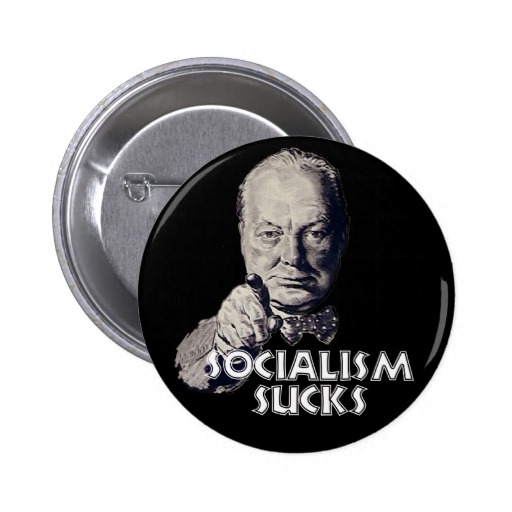First, too many science journalists don't actually possess a well-rounded knowledge of science. In many cases, regular reporters are asked to cover complex science and health stories. What we end up with is entirely predictable: Articles that are nothing more than rehashed press releases, topped with click-bait headlines based on exaggerations and misunderstandings of the original research. That's how a nonsensical story like Nutella causing cancer goes viral.
Second, science journalists are every bit as biased as their more traditional counterparts, perhaps even more so. They routinely hold double standards in regard to analyzing science policies. They conflate scientific evidence with science policy, immediately labeling anyone "anti-science" if he or she disagrees with their cultural beliefs. Worse, science journalists feel no inhibition whatsoever to cheerlead openly for their favorite politicians and to heap scorn upon those they dislike. Just read Twitter.





0 comments:
Post a Comment